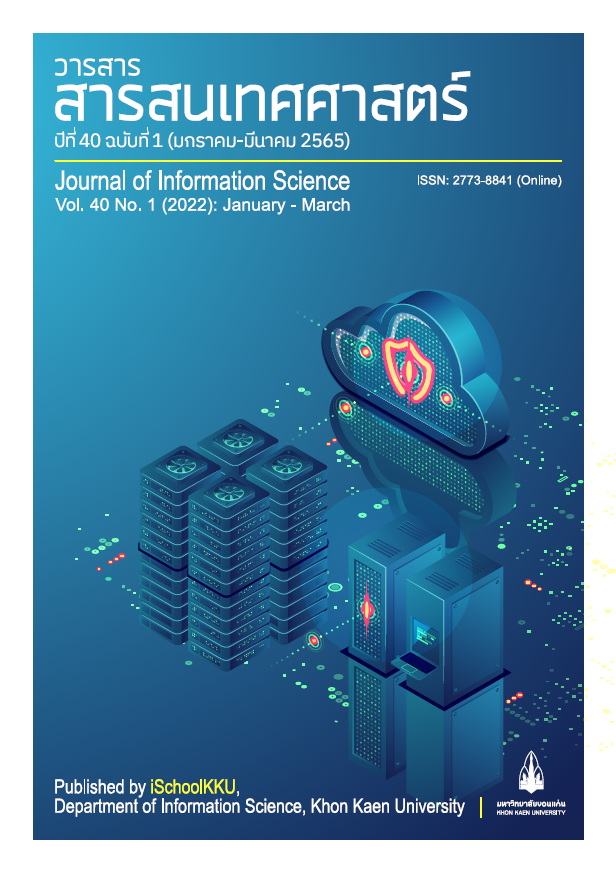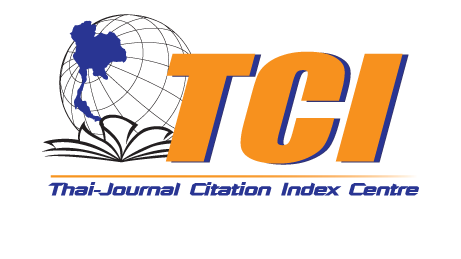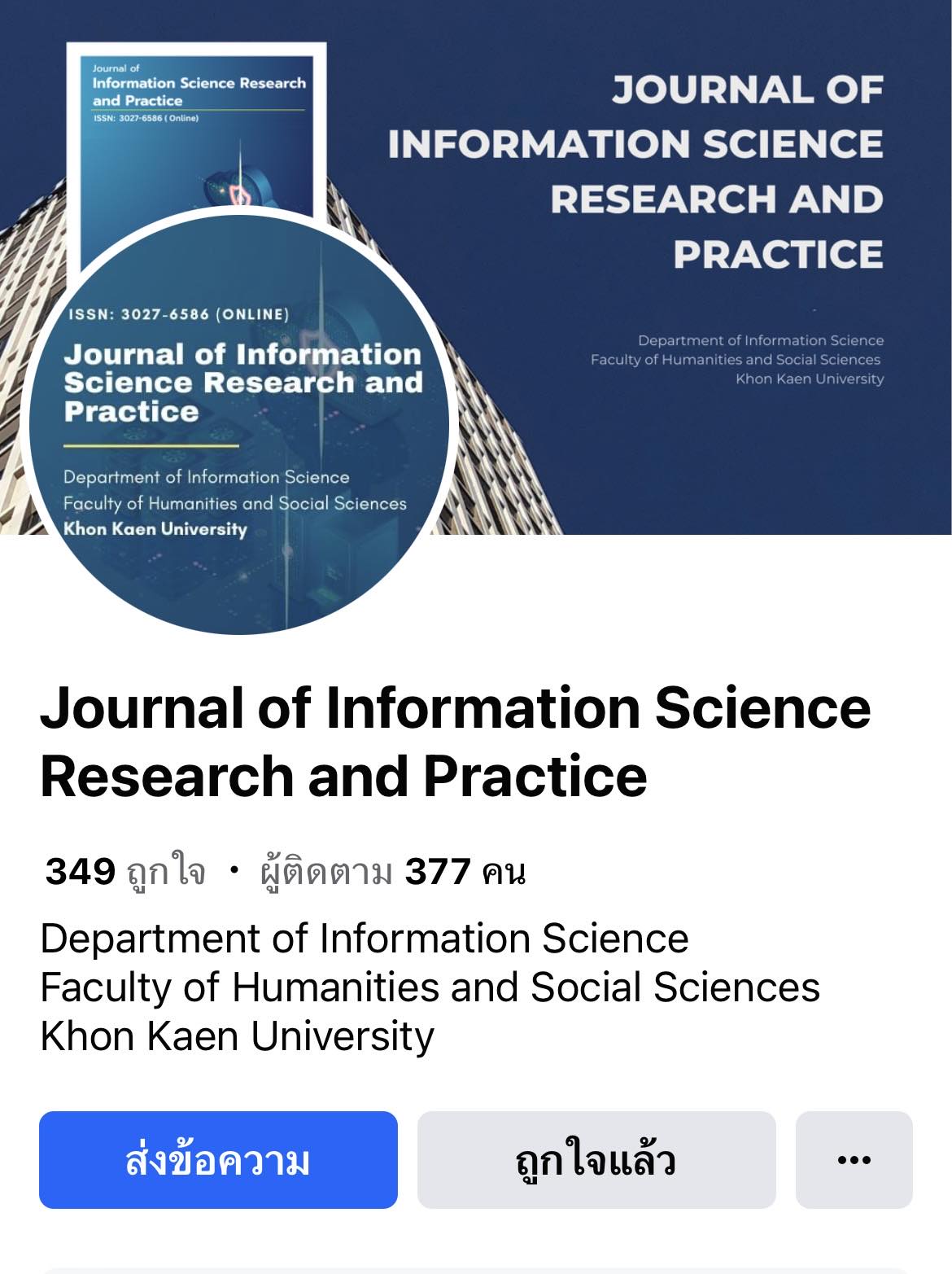Interactive Multimedia: Dietary Approaches to Stop Hypertension (DASH) for Elderly
DOI:
https://doi.org/10.14456/jiskku.2022.4Keywords:
Interactive multimedia, DASH diet, Hypertension, ElderlyAbstract
Purpose: This investigation focuses on the development of interactive multimedia system on dietary approaches to stop hypertension (DASH) for the elderly.
Methodology: This R & D (Research and Development) study is divided into several steps: exploration of users’ problems and needs for interactive media, examination of related methods and theories, design and implementation of the developed mixed media, measurement of the intermedia effectiveness and users’ satisfaction, and data analysis. This R & D study uses ADDIE Model and Gagné learning theory teaching methodology for analyzing the dietary contents for users who have no basic knowledge and experience concerning DASH lesson. Its content structure is arranged by simplicity to complexity based on the learning behavior.
Findings: The study results showed that the interactive multimedia effectiveness in general was found to be at the good level (mean = 3.18, S.D. = 0.25); the users’ satisfaction toward the mixed media system attained the high level (mean = 4.40, S.D. = 0.78). The system users were able to investigate all topics in the dietary media system thoroughly. This enable them to understand and appreciate what they have learned which they can apply it in self-care practice and live their daily lives happily.
Application of the study: The development of the interactive multimedia using ADDDIE Media and Gagné learning theory teaching method can lead to the creation of interactive multimedia on other chronic diseases for prevention and risk reduction of possible incurrent diseases and complications. The interactive multimedia on chronic diseases will also provide advice for those who practice self-care to prevent them from diseases and reduce health care costs.
Downloads
References
Branch, R. M.,(2009). Instructional design: The ADDIE approach. Boston, MA: Springer.
Buakanok, F.S. (2015). The development of multimedia to enhance skill and understanding of volunteers in health care for elderly people in Lampang municipality, Lampang Province. (In Thai). Area Based Development Research Journal, 7(4), 70-89.
Butdeehat, K., Phansaensao, F. & Sopa, M. (2019). The Development of Computer Assisted Instruction
Based on Brain-Based Learning Theory on Topic: Types of Words in Thai Language for Prathom
Suksa 5 Students BAN NONG KHAM School (KHAI SENI UPPATHAM). (In Thai). Journal of Learning
Innovation, 5(2), 41-54.
Chartchuea, B. (2013). The development of user interface interactive for perception and utilization in
working age (45-65 year). (In Thai). Master thesis in Science,Mass Communication Technology,
Rajamangala University of Technology Thanyaburi.
Department of Disease Control, Ministry of Public Health. (2019). Annual report 2019. (In Thai). Bangkok:
Aksorn Graphic and Design Publishing Limited Partnership.
Dhanarun T. (2013). Multimedia designs for learning diabetes with old age patients. (In Thai). Veridian E-
Journal, Silpakorn University (Humanities, Social Sciences and arts), 6(5), 1-15.
Division of Complementary and Alternative Medicine, Department of Thai Traditional and Alternative
Medicine, Ministry of Public Health. (2020). DASH Diet for High blood pressure treatment.
(In Thai). Bangkok: we indy design.
Division of Non Communicable Diseases, Department of Disease Control, Ministry of Public Health. (2018).
A manual on prevention and control of chronic non-communicable diseases. By taking the
community as a base: community to reduce risks Reduce chronic non-communicable
diseases CBI NCDs. (In Thai). Nonthaburi: Emotion Art.
Gagné, R. (1985). The conditions of learning and the theory of instruction. (4th ed.). New York: Holt,
Rinehart, and Winston.
Jangwang, S., Pittayapinune, T. & Chutipattana, N. (2016). Factors related to self-care behavior for
prevention of diabetes mellitus and hypertension among population groups at risk the southern
college network. (In Thai). Journal of nursing and public health,.3(1), 110-128.
Jongburanasit, S. (2019). The use of ADDIE model for the improvement and development of teaching and
learning chinese Language to conform with the learning in the 21st century. (In Thai). Proceedings
of HUSO Conference 2nd “Humanities and Social Sciences, Innovation, Create society (pp.
-679). Faculty of Humanities and Social Sciences. Songkhla Rajabhat University.
Junwandee K, Gumjadphai S. & Kunpaibut T.(2018). The Development of Learning Activities on “Principles
of Computer Project Work” of Information and Communication Technology Subject for Mathayom Suksa 3 Using ADDIE MODEL Integrated with Backward Design. (In Thai). Journal of Curriculum and Instruction Sakon Nakhon Rajabhat University,. 10(27). 125-134.
Laohajaratsang, T. (2005). Computer aided instruction. (In Thai). Bangkok: Wongkamol Production.
Moonsarnan S. & Sumpowthong K. (2016). Effects of dietary behavior modification program guideline of the DASH with self-efficacy theory and social support on reducing the risk of hypertension among pre-hypertensive patients. (In Thai). The public health journal of burapha university, 11(1), 87-98.
Nitko, A. J. (1996). Educational assessment of student. (2nd ed.). Englewood Cliffs, N.J.: Prentice Hall.
Prakobphol, S. (2020). Design and Development of Computer Assisted Instruction Using ADDIE Model and-Concept of Gagne. . (In Thai). Journal of Educational Studies, 14(1), 17-30.
Sa-ard, S. (2015). Development of Health Education Model Using by Self Directed Learning Media for Chronic Patients. Academic Services. (In Thai). Journal Prince of Songkla University, 26(2), 41-49.
Sarobon, T., Boonlue, N., Sitthisongkram, S. & Chomchan, S. (2020). Development of Multimedias Therapeu-tic Communication in Psychiatric Nursing. (In Thai). Journal of MCU Nakhondhat, 7(12), 252-263.
Sattayasomboon, T. & Sattayasomboon, Y. (2020). Hypertension and type 2 Diabetes Mellitus Patients: A Systematic Review on the Chronic Care Model (CCM) and Self-Management Support (SMS). The Southern College Network. (In Thai). Journal of Nursing and Public Health, 7(2), 232-243.
Thongdee, W. (2010). The development of computer assisted instruction on body systems lesson for mathayomsuksa 2 student of Suantangwittaya school. (In Thai). Master thesis in Educational Technology, Grauate School, Silpakorn University.
Trakultip P, Vatanasomboon P. & Satheannoppakao W. (2016). Effects of a four-step empowerment pro-gram on DASH-diet consumption among hypertensive elderly in the Banthatong elder club, Pitsan-uloke province. Journal of Public Health Nursing, 30(1), 87-102.
Tray, V. (1993). Multimedia Making it Work. (1st ed.). Osbome : McGraw-Hill, Betkeley.
Weerapan, D. & Janchalong, C. (2019). Development of Interactive Multimedia Mathematics for Grade1 Students. (In Thai). VRU Research and Development Journal Humanities and Social Science, 14(3), 92-102.








